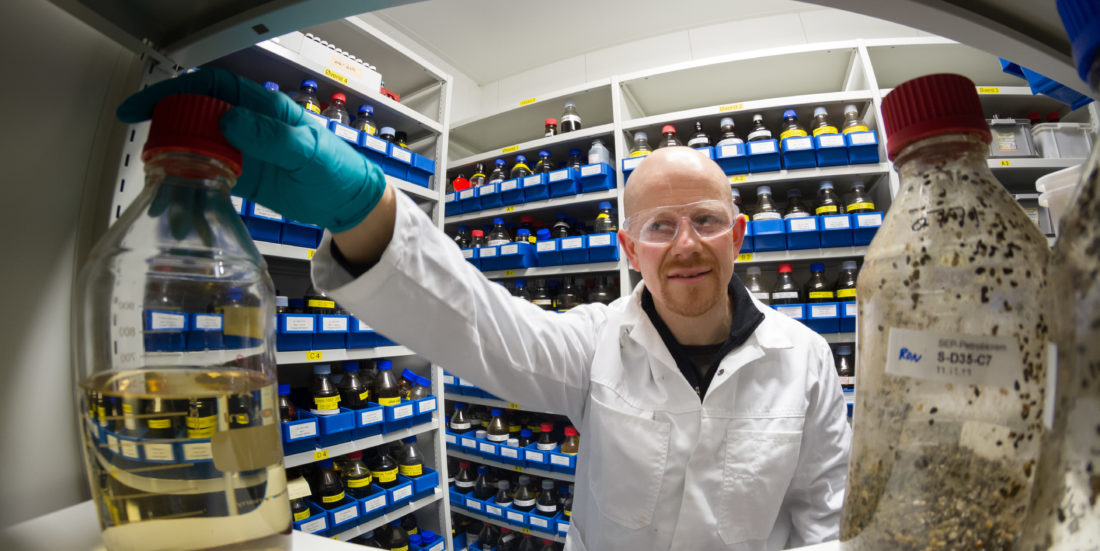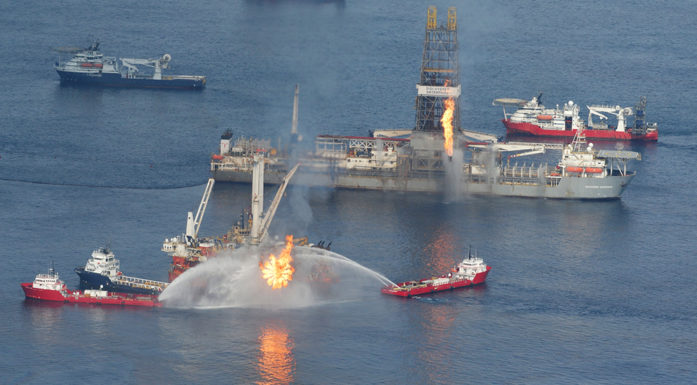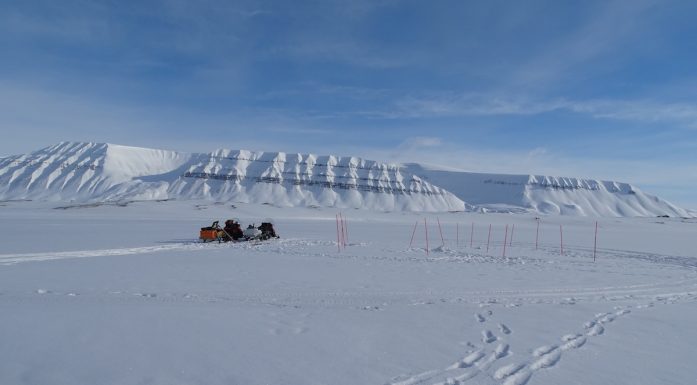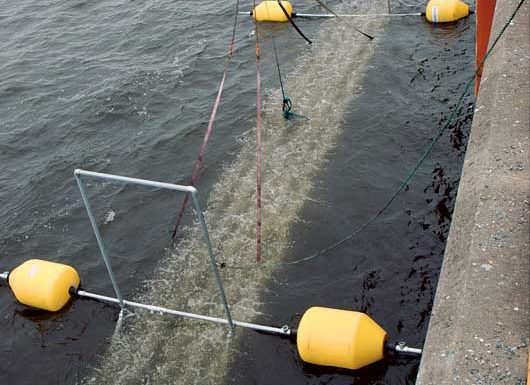“Super bacteria” cleaning up after oil spills
Researchers in Trondheim have achieved surprising results by exploiting nature’s own ability to clean up after oil spills.
We all know that marine bacteria can assist in cleaning up after oil spills. What is surprising is that given the right kind of encouragement, they can be even more effective.
“We know that oil spills happen – and that they will happen again”, says Roman Netzer, a researcher and biologist at SINTEF. “We also know that this can have a major negative impact on the natural environment. This is why we’ve been studying a series of chemical and biological analytical techniques to assess the levels of seriousness of oil spills. We also wanted to find out whether so-called bioremediation represents an effective approach to cleaning up after such accidents”, he explains.
Bioremediation is nature’s way of cleaning up. Plants, bacterial decomposers or enzymes are used to remove contaminants and restore the balance of nature in the wake of pollution incidents.
Tool box
When we clean up after an oil spill of a given size, such as along our shorelines, we start by applying mechanical methods using spades and brooms, combined with chemicals. However, we shouldn’t deceive ourselves, even when the worst of the spill has been cleared away. The surface usually conceals oil buried deeper in the sediment.
“It is here that biological, or bioremediation, methods, come into their own”, says Netzer. “This approach can make cleaning up operations even more thorough, and cost-effective. We wanted to find out what works – and how. And not least to gather data that can be used to support decision-making processes in situations where nature needs that little extra help” he explains.
The "tool box":
The "tool box" is intended primarily for the analysis of bioremediation processes along shorelines in the wake of oil pollution incidents. It will provide decision-makers with vital information as to whether this type of clean-up approach is necessary, recommendations as to the method which should be applied, and a measure of whether the natural environmental balance has been restored following the oil spill. However, it will also be possible to apply this approach to study remediation processes linked to other types of pollution such as that caused by heavy metals or chemicals in other settings such as landfill sites, forestry or industrial facilities.
The chemical analytical equipment used in this project is capable of analysing thousands of oil components. Researchers will apply DNA sequencing technologies to identify the hundreds of different bacteria present in each sediment sample. However, not all information is equally relevant. In order to process the vast amounts of data involved, and extract only what is relevant, the researchers are using advanced statistical methods such as multivariate and principal component analysis to help them arrive at their key conclusions.
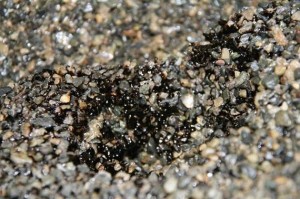
When oil-spill sinks down in the sand at a beach, its not easy to see for us humans. But, the bactera does. It’s actually having oil for dinner – if they get some additional “help”. Photo: Svein Ramstad.
Imitating nature along the shoreline
Here at Brattørkaia in Trondheim, researchers have assembled a comprehensive “oil library” which they use in this type of research. The properties of the oils have been accurately measured and recorded, and this enabled the researchers to select the perfect oil for their experiment.
“The oil we chose is produced in large volumes on the Norwegian shelf, and is thus ideal for simulating a realistic scenario involving the accumulation of oil on a Norwegian shoreline”, explains Netzer. “We then tried to simulate what happens in nature when oil becomes stranded”, he says.
Sixteen tanks were filled with sediments, together with naturally-occurring bacterial flora, oil and seawater. The researchers also simulated the action of the tides by replacing the seawater and thus ensuring that there was an adequate supply of oxygen and nutrients. What then happened in the tanks was carefully recorded. But after a month of observations, only minor amounts of contaminants had been removed.
Biological analyses the most sensitive
Chemical and biological analyses carried out afterwards produced approximately the same results.
“However, we noted that the biological approaches, which analyse the concentrations of bacteria, their DNA, and oxygen consumption, were very sensitive and provided us with a great deal of information. Chemical approaches have to be very advanced in order to achieve the same detection thresholds” says Netzer.
“Even the results of the bacterial experiments were obviously disappointing”, he explains. “But the biological results indicated that we were on the right track, and this gave us the idea to give nature a helping hand. We already knew that the bacteria would reproduce – and thus be more effective in their work – if they were provided with additional nutrients. In nature, bacteria flourish best in the presence of high concentrations of phosphates and nitrogen”, says Netzer.
The problem is that the natural concentrations of these substances are insufficient”, he says. So the researchers decided to give them a little supplement.
They also increased the water temperature, reduced the oxygen concentration and extended the duration of the experiment. The tidal regime was also adjusted, so that now there was a 12-hour interval (instead of the previous 3) between the introduction of new water to the tanks.
And this produced results! After one month, the researchers got their clear and unambiguous answers.
The microbial decomposition:
The microbial decomposition of oil along shorelines is influenced by many physical, chemical and biological factors. Parameters such as temperature, access to nutrients, oxygen concentration, the microbial community in question and, not least, the chemical composition of the oil, all influence the process. Oil is composed of a multitude of different components. While some of these are relatively easy for microorganisms to break down, others are more difficult. The composition of the oil is thus a key factor in assessing its potential decomposition by biological processes. SINTEF has been working for several decades to determine the chemical composition and physical properties of the majority of oils encountered on the Norwegian shelf. This database is a potential foundation for a variety of studies contributing to improve emergency preparedness linked to individual fields. This "oil library" is quite unique, and of major significance in the field of oil research.
“We think that the data obtained from these experiments will be of considerable importance to the oil companies – not least because they are now expanding their activities into environmentally-sensitive areas in and around the Barents Sea”, says Netzer. He now envisages the introduction of a new weapon in the battle to clean up after oil spills.
“We believe that in time we will be able to make capsules which can attach themselves to rocks along the shoreline. These will provide the bacteria with ideal growing conditions by releasing nutrients as and when needed”, says Netzer.
